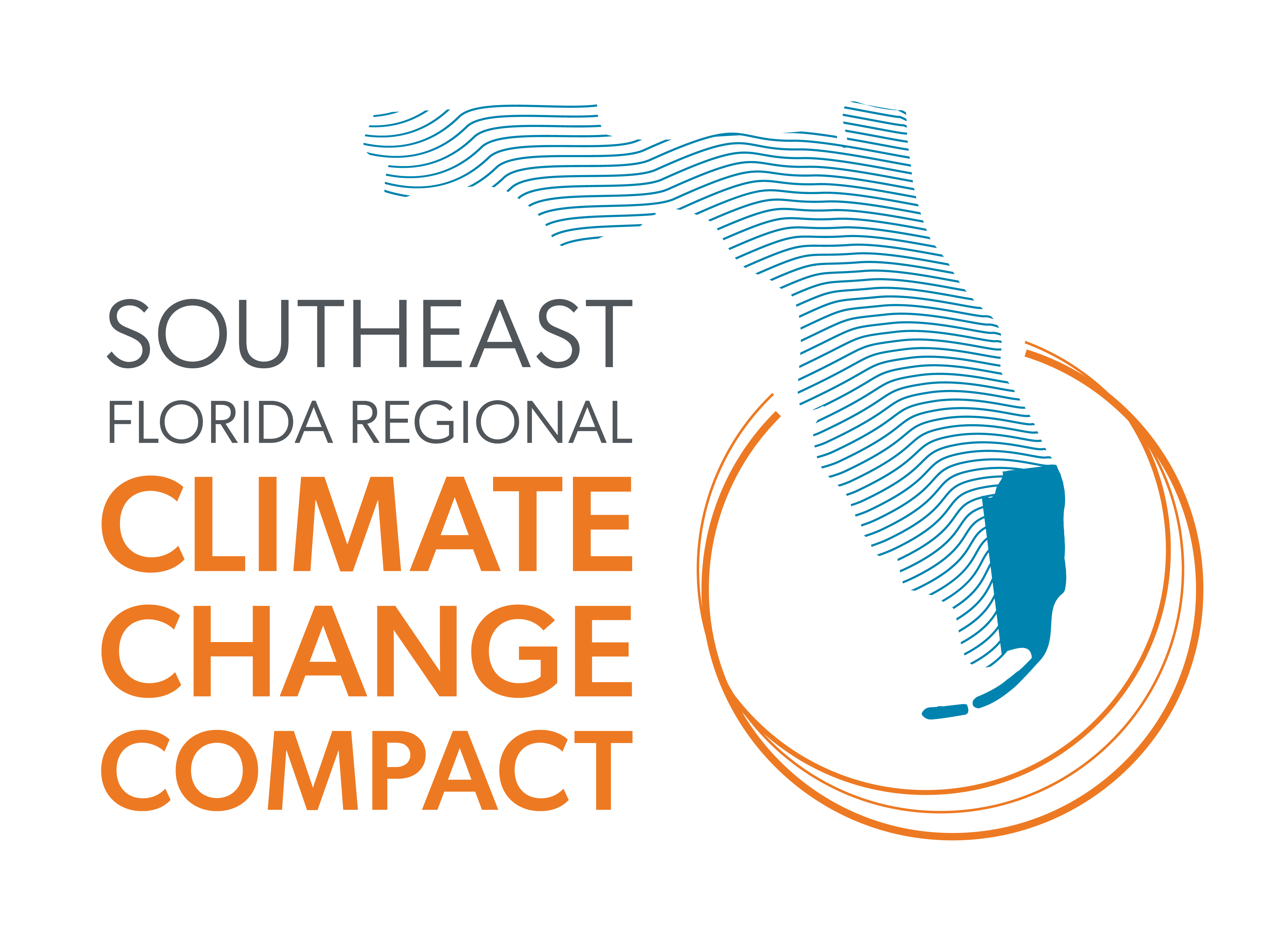Identify the risk to communities, the built and physical environment and infrastructure from the impacts of climate change — including sea level rise, storm surge, rainfall, groundwater levels, saltwater intrusion and extreme heat.
STRATEGIES
RR-1.1 Perform local climate change and sea level rise vulnerability analyses, consistent at a minimum with section 380.093, Florida Statutes, to identify and quantify risk under various climate change scenarios.
IMPLEMENTERS: local governments, regional agencies, school districts, private sector
State/Federal Partners: FDEM, FEMA, NOAA
RR-1.2 Use the best available data, models and resources, including adopting the Compact’s Regionally Unified Sea Level Rise Projection, and trusted tools developed by academic institutions and government agencies to inform planning, prioritizing and annual funding.
IMPLEMENTERS: local governments, regional agencies, health care sector, school districts
